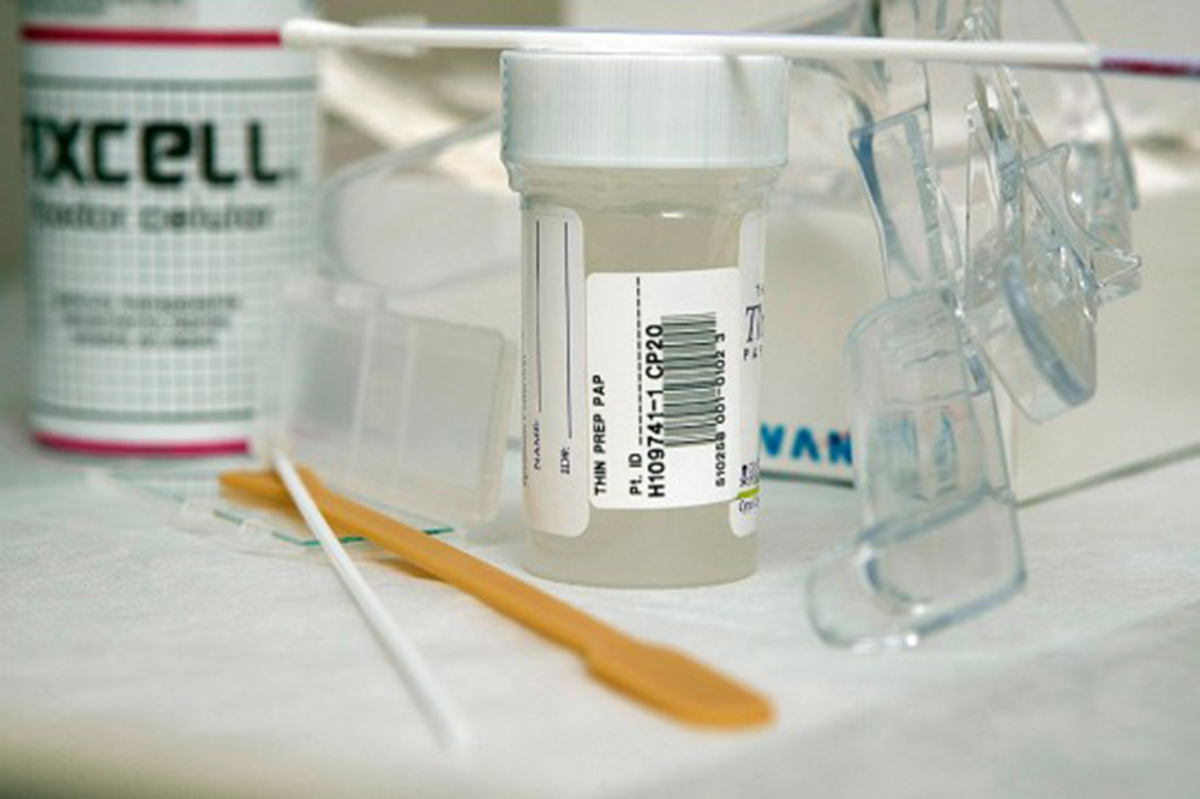Table of Contents
Pap tests have helped detect changes in the cervix that could later lead to cancer, thus resulting in early diagnosis and treatment. Cancer of the cervix was once a leading cause of death among American women, but in recent decades, death rates have declined due to regular screening. Some patients and doctors think that more is better when it comes to doing these tests, and so in the past, these were done annually.

This means even women who have had their menopause also need to be tested. In the past, doctors asked patients to visit their clinics for Pap tests yearly or every two years. However, recent guidelines released by the ACS and other organizations require most women to have their Pap tests only every three years. However, there are other factors to consider when screening for cervical cancer and HPV. These include their age, gynecological history, and medical history. Furthermore, it has been found that co-testing for HPV infection, a condition which increases the risk for cervical cancer, increases the likelihood of preventing the disease when diagnosed and treated early.
Thus:
-
It is recommended that healthy women aged 21 to 29 years must undergo routine Pap tests every three years.
-
For women aged 30 and above, the recommended way to screen is to do a Pap test combined with HPV testing (co-testing) every five years. This procedure should continue until the age of 65.
-
Another acceptable option is to get tested every three years with just a Pap test.
-
Even women who have received HPV vaccinations must follow the same screening recommendations.
-
Likewise, women who have stopped having children or having menstruation must still follow these guidelines.
-
More frequent testing maybe needed for some women:
-
Those who have a weakened immune system due to organ transplant, chemotherapy or steroid therapy
-
Those whose mothers were exposed diethylstilbestrol (DES) while pregnant
-
HIV-positive patients, since these women are at higher risk of acquiring cervical cancer. They may need to have a pap test 6 months after an initial test, then annually thereafter if both tests are found normal.
-
Those who have abnormal test results need to be monitored more frequently for progression of the disease.
These recommendations serve as guidelines but the final decisionwith regards to the frequency and the need to perform a pap test is at best given by a doctor.
Read More: Cervical Cancer: Treatment, Symptoms and Causes
It is also important to note that too frequent screening has disadvantages, such as false positive tests, which can lead to more frequent follow up tests. These can lead to patient anxiety as well as unwanted side effects, such as problems related to future pregnancies and deliveries.
- ACS. Can Cervical Cancer be Prevented? http://www.cancer.org/cancer/cervicalcancer/detailedguide/cervical-cancer-prevention
- Saslow, D. Is a Pap Test Necessary Every Year? ACS. http://www.cancer.org/cancer/news/expertvoices/post/2012/03/14/is-a-pap-test-necessary-every-year.aspx#continue
- ACS. What are the Key Statistics About Cervical Cancer?http://www.cancer.org/cancer/cervicalcancer/detailedguide/cervical-cancer-key-statistics
- WebMD. Cervical Cancer – Topic Overview. http://www.webmd.com/cancer/cervical-cancer/cervical-cancer-topic-overview
- Photo by shutterstock.com
- Photo courtesy of PAHO/WHO by Flickr : www.flickr.com/photos/pahowho/9401187761/
- www.webmd.com www.cancer.org

